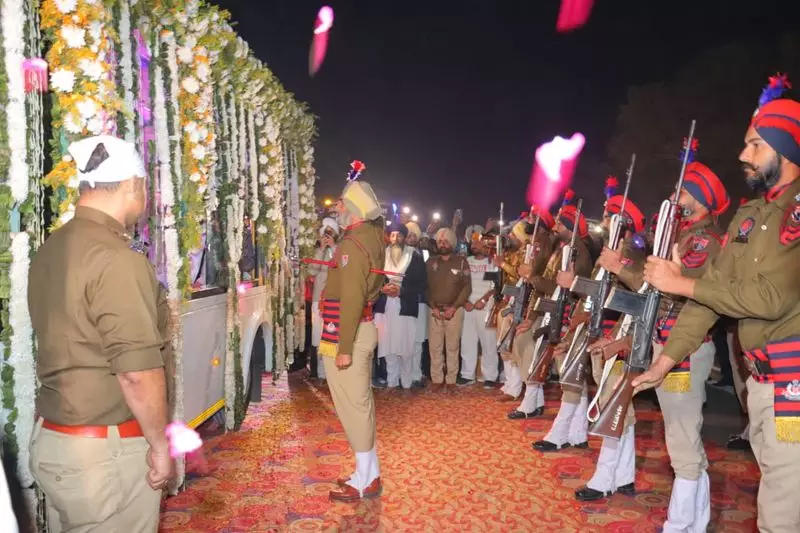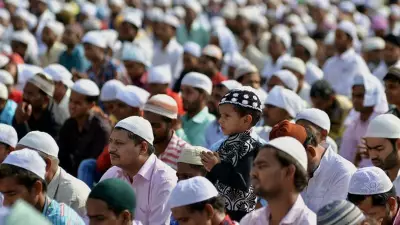
The Amritsar district administration has implemented comprehensive traffic restrictions and diversions throughout the city to facilitate the Nagar Kirtan procession marking the 350th martyrdom day of Guru Tegh Bahadur. The elaborate arrangements aim to ensure the religious event proceeds smoothly while minimizing inconvenience to residents and visitors.
Comprehensive Traffic Restrictions and Route Details
According to the official advisory released by the district administration, the Nagar Kirtan procession will commence from Gurdwara Shri Guru Tegh Bahadur Ji in Serai Khas and follow a predetermined path through the city. The procession route includes significant landmarks and thoroughfares, requiring temporary traffic management measures across multiple areas.
The procession will begin at 1 pm from the historic gurdwara and proceed through Serai Khas, Putlighar, Darbar Sahib, Ghee Mandi, and finally conclude at Gurdwara Shri Guru Tegh Bahadur Ji near the railway station. This extensive route covers approximately several kilometers through densely populated and commercially important areas of Amritsar.
Specific Road Closures and Alternative Routes
Authorities have announced that no vehicles will be permitted to enter the walled city area from 11 am onwards until the conclusion of the religious procession. This significant restriction affects one of the most congested parts of Amritsar and requires commuters to plan alternative routes well in advance.
The traffic police have established specific diversion points to manage vehicle flow effectively. Key diversion points include Sultanwind Gate, Hall Gate, Ram Bagh Gate, and Lahori Gate, where traffic will be redirected away from the procession route. Police personnel will be deployed at all critical junctions to assist motorists and ensure compliance with the temporary regulations.
Commuters traveling between different parts of the city are advised to use the outer ring road and other peripheral routes to avoid delays. The administration has particularly emphasized that vehicles should avoid the walled city area entirely during the specified hours unless absolutely necessary.
Historical Significance and Religious Context
The Nagar Kirtan holds profound religious significance for the Sikh community as it commemorates the 350th martyrdom anniversary of Guru Tegh Bahadur, the ninth Sikh Guru. Guru Tegh Bahadur sacrificed his life protecting religious freedom and the right to practice one's faith without persecution, making this anniversary particularly momentous.
Guru Tegh Bahadur's martyrdom represents a cornerstone of Sikh history, where he gave his life in defense of the fundamental right to religious freedom for all people, regardless of their faith. This principle continues to resonate strongly with Sikh teachings and community values centuries later.
The Nagar Kirtan procession typically involves thousands of devotees participating in religious hymns, prayers, and community gatherings. The large-scale participation expected for this historic 350th anniversary necessitated the comprehensive traffic management plan implemented by the district administration.
Administrative Preparations and Public Cooperation
The Amritsar administration has coordinated with multiple departments including police, traffic management, and local municipal authorities to ensure the event proceeds peacefully. Additional security personnel have been deployed along the entire procession route to maintain law and order and provide assistance to participants.
Local residents and business establishments located along the procession route have been informed about the temporary restrictions in advance. The administration has appealed for public cooperation to ensure the religious event concludes smoothly while causing minimal disruption to daily activities in the holy city.
Commuters are advised to monitor local traffic updates through official channels and plan their travel accordingly. The traffic restrictions are expected to be lifted gradually as the procession concludes and normal traffic flow resumes in the affected areas.





